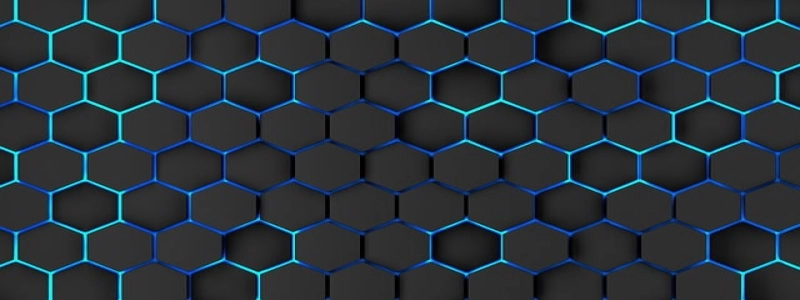Attenuation in X-ray
Introduction:
X-ray imaging is widely used in various fields of medical diagnoses and material analysis. However, the quality of X-ray images can be affected by the phenomenon of attenuation, which is the reduction of the intensity of X-ray beams as they pass through different materials. Understanding and quantifying the attenuation of X-rays is crucial for accurate image interpretation and diagnosis.
1. The Nature of X-rays:
X-rays are a form of electromagnetic radiation with high energy and short wavelengths. When X-ray beams interact with matter, they can be partially absorbed, scattered, or transmitted. The attenuation of X-rays primarily occurs through absorption and scattering processes.
2. Absorption of X-rays:
The absorption of X-rays depends on the material’s atomic number and density, as well as the energy of the X-ray beam. Different materials have different absorption coefficients, which describe the amount of X-ray attenuation per unit thickness. Higher atomic number materials generally have higher absorption coefficients, leading to greater attenuation.
3. Scattering of X-rays:
Scattering refers to the redirection of X-ray photons’ path due to interactions with atomic nuclei or electrons within the material. There are two main types of scattering: coherent (Rayleigh) and incoherent (Compton). Coherent scattering occurs at lower X-ray energies and involves the interaction with whole atoms, resulting in a change in direction without energy transfer. Incoherent scattering, on the other hand, involves the interaction with individual electrons and results in energy loss and a slight change in direction.
4. Factors Affecting Attenuation:
Several factors influence the attenuation of X-rays, such as:
4.1 Material Thickness: The thicker the material, the higher the attenuation due to increased interaction and absorption.
4.2 Material Density: Higher density materials tend to exhibit greater attenuation due to increased atomic interaction.
4.3 X-ray Energy: The energy of the X-ray beam affects the attenuation characteristics, with higher energy X-rays exhibiting reduced absorption but increased scattering.
4.4 Atomic Number: Materials with higher atomic numbers tend to have greater X-ray attenuation due to stronger interactions between the X-ray photons and atoms.
5. Quantifying Attenuation in X-ray Imaging:
To quantify the attenuation of X-rays, various mathematical models have been developed, such as the Beer-Lambert law. This law relates the intensity of the X-ray beam after passing through a material to the material’s thickness, absorption coefficient, and incident beam intensity. By analyzing the X-ray intensity, radiologists can assess the attenuation and make accurate diagnoses.
Conclusion:
Attenuation is an essential phenomenon to consider in X-ray imaging, as it affects the quality and interpretability of the obtained images. Understanding the nature of attenuation, the factors influencing it, and employing mathematical models to quantify it are vital for successful diagnosis utilizing X-ray technology. Advances in imaging techniques and software algorithms continue to improve our ability to compensate for attenuation, ensuring optimal image quality for accurate medical diagnoses and material analysis.







